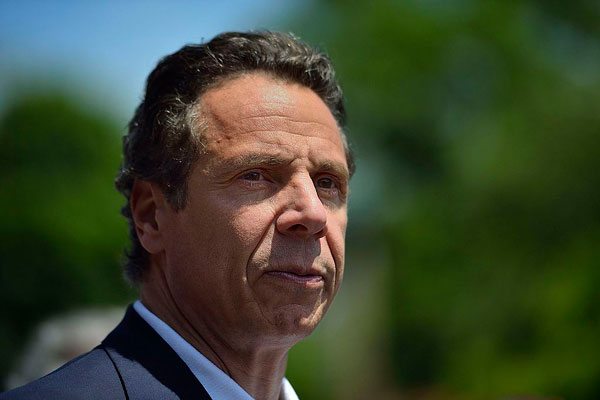
May 8, 2018; Crain’s New York
With the sale of Fidelis, a nonprofit health insurance provider in New York, to the for-profit entity Centene, one of the largest health foundations will be created serving New York state. The $3.75 billion deal just received approval from the New York State Department of Health and Department of Financial Services, but still needs the attorney general to sign off and make it final.
If you recognize the name, it’s possibly because the Centene-Fidelis deal made headlines earlier this year when Governor Cuomo presented his executive budget and included the creation of a “healthcare shortfall fund” to essentially buffer against possible federal cuts to healthcare. The budget proposal reads, “The budget establishes a fund to ensure the continued availability and expansion of funding for quality health services to New York State residents and to mitigate risks associated with the loss of federal funds. This fund will be initially populated with funds from any insurer conversion or similar transaction.” Adding to the controversy of this deal, as NPQ reported, Attorney General Eric T. Schneiderman just resigned due to abuse allegations, so this deal may take more time to finalize.
In a sweeping change, this new statute allows the state to collect around $750 million each year over the next four years by collecting a cut whenever a nonprofit health company gets bought by a for-profit entity, such as the case with Fidelis. Interestingly, the budget language says “or similar transaction,” so it is possible that, for instance, a nonprofit hospital or other health entity converting to a for-profit enterprise could also be subject to a huge tax.
Sign up for our free newsletters
Subscribe to NPQ's newsletters to have our top stories delivered directly to your inbox.
By signing up, you agree to our privacy policy and terms of use, and to receive messages from NPQ and our partners.
While some say the “healthcare shortfall fund” was created simply to capitalize on the Centene-Fidelis deal and plug a budget hole, others point to the precedent set when Empire Blue Cross Blue Shield converted from a nonprofit to a for-profit in 2002. During that conversion, the state collected nearly 95 percent of the proceeds from the deal, using the argument that Blue Cross Blue Shield operated the same business while exempt from taxes for years. The fact that Governor Cuomo used a similar argument to reap funds from the Fidelis sale is a bit unsettling because the two cases are very different. Bill Hammond, a vocal critic of the healthcare shortfall fund says in an article for the New York Post, “The governor argues the state is entitled to compensation because Fidelis made much of its money from government contracts while enjoying tax-free status.”
Many nonprofits operate under government contracts with the understanding that the nonprofit provides a needed service. To be dinged for this during a sale or conversion, particularly when the proceeds from the sale and assets go to a foundation serving the community, is a disincentive for these types of deals. In fact, NPQ has seen how government interference in nonprofit conversions and sales can cause the parties to pull out, leaving the community at a loss. Moreover, health conversion foundations play a vital role in the health of communities and may be better equipped to serve their communities should drastic healthcare changes occur.
From the health standpoint, planning for federal cuts to Medicaid and a possible ACA repeal seems wise. As NPQ has reported, the current administration has threatened to make drastic changes to healthcare time and again, so making a contingency plan is understandable. Perhaps collaborating with these foundation partners, as opposed to squeezing funds from them, could be an option for consideration.
Aside from the controversy, should the Centene-Fidelis deal go through, New York will greatly benefit from a new source of support. Cardinal Timothy Dolan expressed his excitement and commitment to serving New York in his statement, “My brother bishops and I are excited to create a $3.2 billion charitable foundation, which will be the state’s largest foundation supporting the poorest and most vulnerable New Yorkers and one of the largest charities in the country. This is an extraordinary result that will improve the health and well-being of New Yorkers of all faiths, or no faiths at all, from all corners of the state.”—Sheela Nimishakavi













